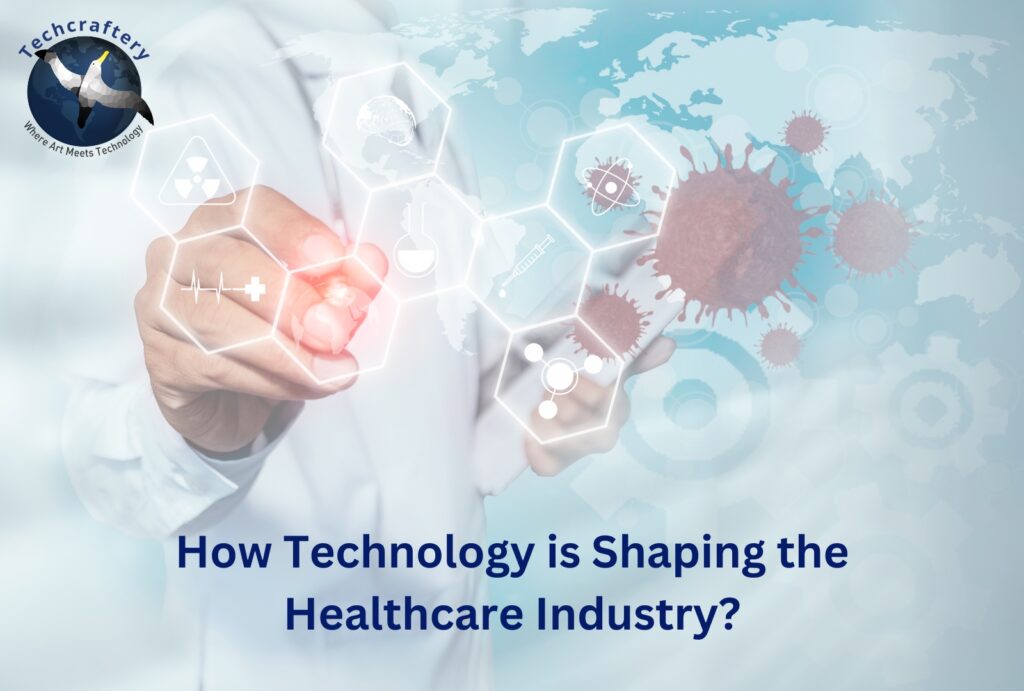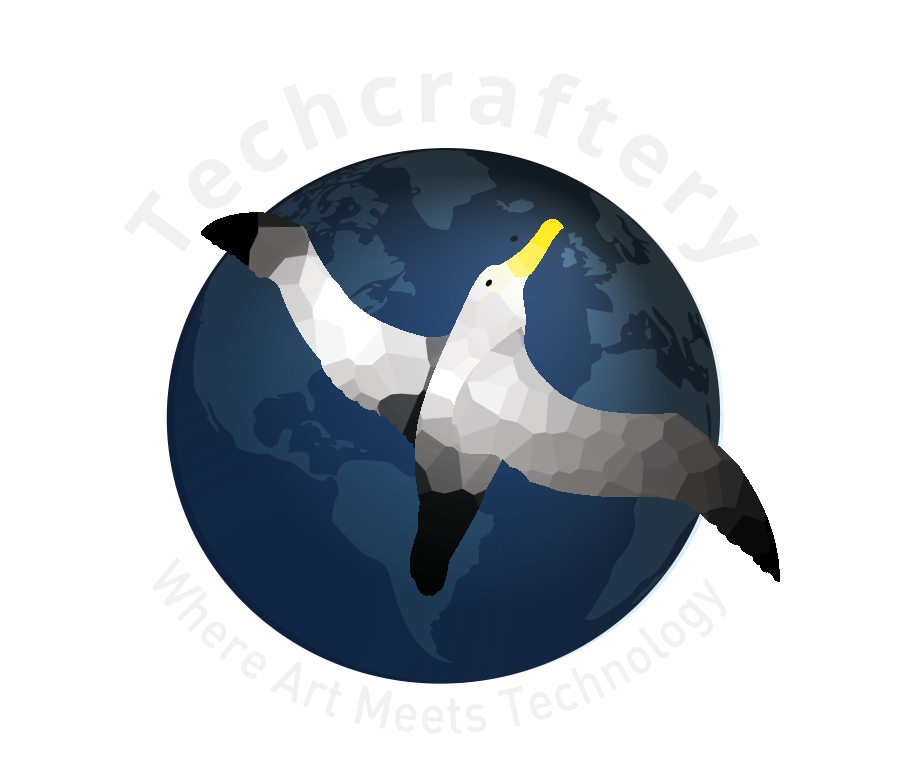How Technology is Shaping the Healthcare Industry?

Technology has transformed almost every sector, and healthcare is no exception. The integration of advanced technologies into healthcare practices has revolutionized patient care, improved efficiency, and fostered innovation in treatment methodologies. In this article, we will explore the various ways technology is shaping the healthcare industry, the benefits it brings, and the challenges that come with it.
1. Introduction
The healthcare industry has undergone significant changes over the past few decades, largely due to technological advancements. From electronic health records to telemedicine, technology has streamlined processes, improved patient outcomes, and increased accessibility to medical services. As we move forward, understanding these technological innovations is crucial for healthcare professionals, patients, and policymakers alike.
2. Electronic Health Records (EHRs)
2.1 What Are EHRs?
Electronic Health Records (EHRs) are digital versions of patients’ paper charts. They contain comprehensive health information about patients, including medical history, diagnoses, medications, treatment plans, immunization dates, and test results.
2.2 Benefits of EHRs
- Improved Patient Care: EHRs enable healthcare providers to access patients’ health information quickly, leading to better-informed decisions and improved patient outcomes.
- Coordination of Care: With EHRs, different healthcare providers can easily share patient information, facilitating coordinated care among specialists, primary care physicians, and other healthcare professionals.
- Reduced Errors: EHRs minimize the risk of errors associated with handwriting or miscommunication, leading to safer prescriptions and treatment plans.
3. Telemedicine
3.1 Definition of Telemedicine
Telemedicine refers to the use of telecommunications technology to provide medical care remotely. It allows healthcare providers to consult with patients through video calls, phone calls, or messaging.
3.2 Advantages of Telemedicine
- Increased Accessibility: Patients in remote or underserved areas can access healthcare services without traveling long distances.
- Convenience: Telemedicine allows patients to receive care from the comfort of their homes, reducing wait times and travel expenses.
- Cost-Effective: Telemedicine can lower healthcare costs by reducing the need for in-person visits and enabling more efficient use of healthcare resources.
4. Wearable Health Technology
4.1 What Are Wearables?
Wearable health technology includes devices like smartwatches, fitness trackers, and medical alert systems that monitor various health metrics such as heart rate, physical activity, and sleep patterns.
4.2 Impact on Health Monitoring
- Real-Time Data: Wearable devices provide real-time health data, allowing individuals to track their health and make informed decisions about their well-being.
- Chronic Disease Management: Patients with chronic conditions can use wearables to monitor their health continuously, helping them manage their conditions effectively.
- Preventive Care: By tracking health metrics, wearables can encourage users to adopt healthier lifestyles and detect potential health issues early.
5. Artificial Intelligence (AI) in Healthcare
5.1 Role of AI
Artificial Intelligence (AI) is revolutionizing healthcare through data analysis, diagnostics, and patient care. AI algorithms can analyze large volumes of data to identify patterns, predict outcomes, and assist in decision-making.
5.2 Benefits of AI in Healthcare
- Enhanced Diagnostics: AI can analyze medical images, such as X-rays and MRIs, with remarkable accuracy, assisting radiologists in detecting diseases like cancer.
- Personalized Medicine: AI algorithms can tailor treatment plans based on individual patient data, leading to more effective and targeted therapies.
- Operational Efficiency: AI can optimize scheduling, resource allocation, and inventory management in healthcare facilities, improving overall efficiency.
6. Big Data Analytics
6.1 Understanding Big Data in Healthcare
Big data analytics involves analyzing vast amounts of healthcare data to derive actionable insights. This data can include patient records, clinical trials, and population health statistics.
6.2 Importance of Big Data
- Population Health Management: Analyzing big data can help identify health trends and risk factors in specific populations, guiding public health initiatives and resource allocation.
- Predictive Analytics: By examining historical data, healthcare providers can predict patient outcomes, enabling proactive interventions and reducing hospital readmissions.
- Clinical Research: Big data facilitates clinical research by providing researchers with access to diverse patient populations and comprehensive health data.
7. Robotics in Surgery
7.1 The Rise of Surgical Robots
Robotic-assisted surgery has gained popularity for its precision and minimally invasive techniques. Robots can assist surgeons in performing complex procedures with enhanced accuracy.
7.2 Advantages of Robotic Surgery
- Minimally Invasive: Robotic surgery often results in smaller incisions, leading to reduced recovery times, less pain, and lower risk of infection.
- Enhanced Precision: Robotic systems provide surgeons with greater control and dexterity, improving the outcomes of delicate procedures.
- Improved Visualization: Robotic systems offer high-definition 3D imaging, allowing surgeons to visualize the surgical site better.
8. Mobile Health Applications (mHealth)
8.1 What Are mHealth Apps?
Mobile health applications are software programs designed to support health management and healthcare delivery through smartphones and tablets.
8.2 Benefits of mHealth
- Patient Engagement: mHealth apps empower patients to take charge of their health by providing access to health information, medication reminders, and appointment scheduling.
- Remote Monitoring: Patients with chronic conditions can use mHealth apps to track their health metrics and share them with healthcare providers in real time.
- Health Education: mHealth apps can educate users about health conditions, preventive measures, and healthy lifestyle choices.
9. 3D Printing in Healthcare
9.1 What Is 3D Printing?
3D printing, also known as additive manufacturing, involves creating three-dimensional objects from digital models. In healthcare, it is used for producing customized medical devices, prosthetics, and even bioprinted tissues.
9.2 Applications of 3D Printing
- Custom Prosthetics: 3D printing allows for the production of personalized prosthetics that fit patients perfectly, enhancing comfort and functionality.
- Surgical Planning: Surgeons can create 3D models of patients’ anatomy, enabling better preoperative planning and improved surgical outcomes.
- Bioprinting: Researchers are exploring 3D printing for creating tissues and organs, potentially revolutionizing transplantation in the future.
10. Challenges and Considerations
While technology has greatly benefited the healthcare industry, it also presents several challenges.
10.1 Data Security and Privacy
As healthcare organizations increasingly rely on digital technologies, ensuring the security and privacy of patient data becomes paramount. Cybersecurity threats can compromise sensitive information, leading to severe consequences for patients and providers.
10.2 Technology Adoption
Healthcare professionals may face resistance to adopting new technologies due to a lack of training, concerns about the reliability of the technology, or fear of job displacement.
10.3 Regulatory Compliance
Healthcare technologies must comply with strict regulations to ensure safety and efficacy. Navigating these regulatory requirements can be complex and time-consuming.










